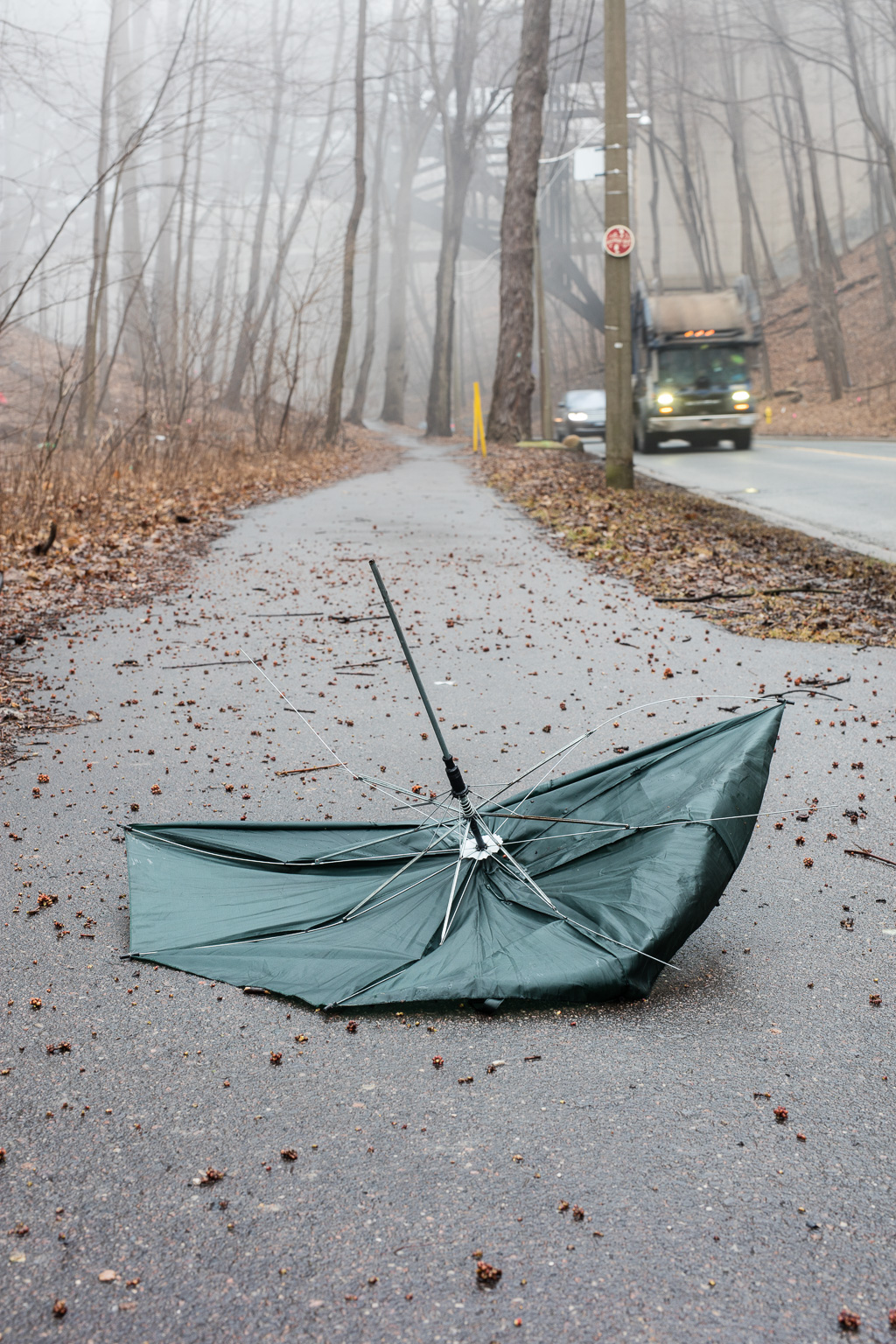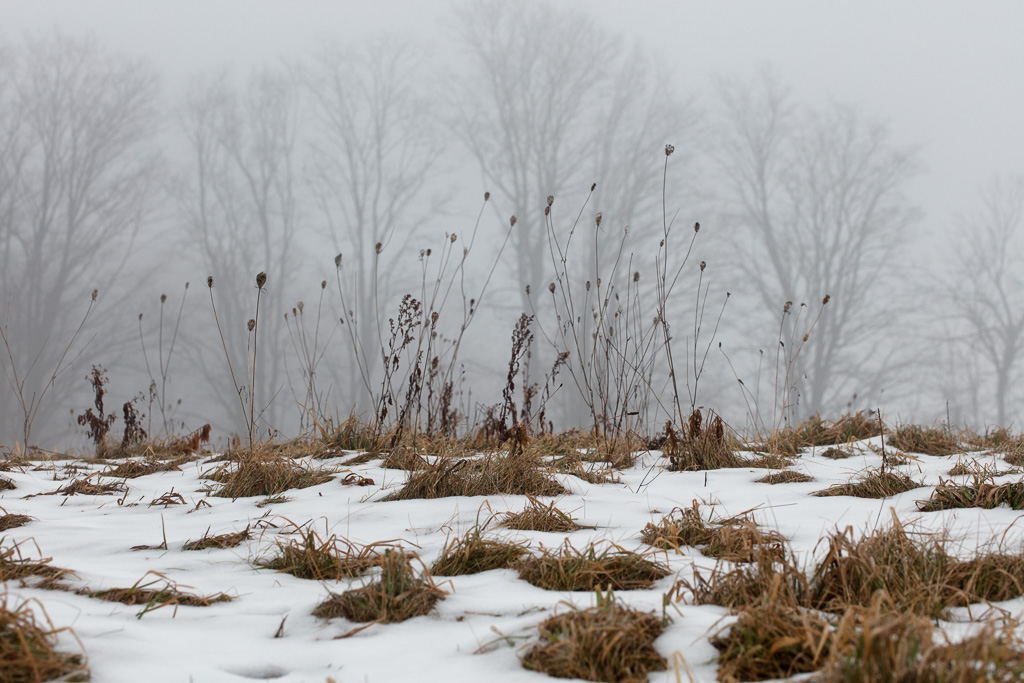
When I was a child, I was afraid of umbrellas because, viewed in a certain way, with their eight ribbed supports, they reminded me of spiders. Why would I want to hold a spider over my head? What if the umbrella collapsed and all the spider legs folded over my face? I imagined myself in the clutches of a malicious umbrella, waving my hands over my head, unable to see, running into the street and mowed down by a passing garbage truck. Long before the movie, Alien, there was my imagination breathing life into all the terrors of the modern world.
I once believed that my passage into adulthood would relieve me of my childhood terrors. My imagination would settle itself: a thing is just a thing, and not invested with terrors beyond itself. In a sense, that’s true. I’ve never once been attacked by a malicious umbrella and so my childhood fears have subsided.
However, my adult life is not without fears all its own. And like my childhood fears, my adult fears arise from an overactive imagination. I see a broken and discarded umbrella splayed on the ground while a garbage truck trundles past, and I imagine all the umbrellas that have ever lived since the invention of the umbrella. Billions upon billions of them heaped in a pile of dead umbrellas. Umbrella mountain.
I imagine the flimsy frames of unreclaimed metal, the plastic latches, the nylon fabric fading in the sunlight. In time, the elements work away at the monstrous pile of waste, dissolving bits of the metal, breaking the nylon fabric into microplastics, all of it washing toxic into the water table and borne from there into the hydrologic cycle. In a way, this is a horror far worse than anything springing from my childhood imagination. This is more like FrankenUmbrella: a billion billion arachnid creatures flip over onto their spindly legs and scuttle down from their high mountain on a long march against their creators.


